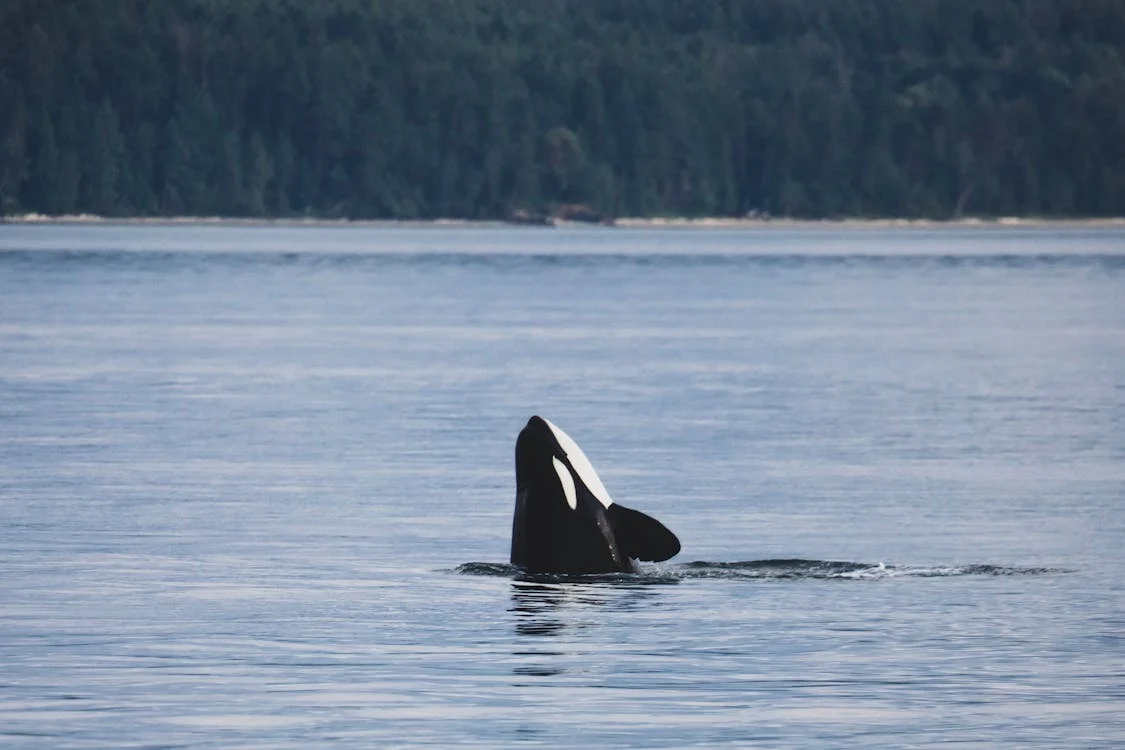Whales are some of the most majestic and largest creatures on Earth, and their diets are as fascinating and varied as their species. Despite their massive size, whales have evolved to consume a wide range of marine life, from tiny plankton to large schools of fish. Understanding what whales eat and how they feed provides valuable insight into the marine ecosystem and the role whales play in it. In this guide, we’ll explore the diets of different types of whales, their feeding techniques, and their vital place in the food web.
Types of Whales: Baleen vs. Toothed
Whales can be broadly categorized into two groups based on their feeding apparatus: baleen whales and toothed whales. These two groups have very different diets and feeding behaviors, driven by their distinct anatomical adaptations.
Baleen Whales
Baleen whales are filter feeders, named after the fringed plates of baleen in their mouths, which act like giant sieves. Instead of teeth, they use these baleen plates to strain food from the water. Some of the largest species of whales, such as blue whales and humpback whales, belong to this group.
Diet of Baleen Whales:
- Krill and Plankton: Many baleen whales, like the blue whale, primarily consume krill, which are tiny shrimp-like creatures, and zooplankton. A blue whale, the largest animal on Earth, can eat up to 4 tons of krill per day during feeding season.
- Small Fish: Baleen whales also consume small schooling fish such as herring, capelin, and sardines. For example, humpback whales are known for their dramatic “bubble net feeding,” where they work in groups to herd fish into tight clusters before lunging to capture them.
- Copepods and Other Tiny Organisms: Some species, like the right whale, feed on copepods, tiny crustaceans, and other microscopic organisms suspended in the water.
Feeding Techniques of Baleen Whales:
- Lunge Feeding: A dramatic method where whales take in a huge gulp of water and prey, then use their tongues to push the water through their baleen, trapping the food inside.
- Skim Feeding: Whales like the right whale swim with their mouths open, skimming the surface to collect plankton and small organisms.
- Bubble Net Feeding: Humpback whales use this unique technique, blowing bubbles in a circle to create a “net” that traps fish, making them easier to capture.
Toothed Whales
Toothed whales, as the name suggests, have teeth and are predators. They hunt individual prey and rely on echolocation to locate their meals in the often dark, deep ocean.
Diet of Toothed Whales:
- Fish: Many toothed whales, like orca (killer whales) and dolphins, feed on a wide variety of fish species, including salmon, tuna, mackerel, and cod.
- Squid: Several species, particularly sperm whales, are known to dive deep to hunt large squids. Sperm whales are infamous for their encounters with giant squid, their preferred prey.
- Marine Mammals: Orcas, the apex predators of the ocean, have a diverse diet that includes not only fish but also seals, sea lions, penguins, and even other whales. Some orca populations specialize in hunting specific prey.
- Crustaceans: Some toothed whales, like the beluga whale, are also known to consume crustaceans like crabs and shrimp in addition to fish.
Feeding Techniques of Toothed Whales:
- Echolocation Hunting: Toothed whales use echolocation, a biological sonar system, to navigate and hunt. They emit sound waves that bounce off objects and return, allowing the whales to “see” their surroundings, even in dark or murky waters.
- Pack Hunting: Orcas are social hunters and often hunt in groups, working together to capture prey, whether it’s a school of fish or a larger marine mammal.
- Deep Diving: Sperm whales are some of the deepest divers in the animal kingdom, plunging over 1,000 meters (3,280 feet) below the surface to hunt for squid in the inky depths.
Whale Feeding and the Marine Ecosystem
Whales play an integral role in the health of marine ecosystems, often referred to as “ecosystem engineers.” Their feeding habits contribute to nutrient cycling in the ocean, particularly through the “whale pump” effect, where whales feed at depth and release nutrients near the surface in their waste, fertilizing plankton growth, which in turn supports the entire marine food web.
- Nutrient Redistribution: Baleen whales, especially, help redistribute nutrients from the deep ocean to the surface through their vertical movements while feeding and defecating.
- Regulation of Prey Populations: Whales also regulate populations of their prey species, ensuring a balanced ecosystem. For example, orcas control the population of seals, which might otherwise overconsume fish stocks.
Seasonal Feeding and Migration
Many whale species follow seasonal migration patterns closely tied to feeding. During certain times of the year, whales migrate to nutrient-rich waters, where food is abundant.
- Summer Feeding Grounds: In polar regions during the summer, waters teem with krill, plankton, and fish, offering a rich food supply for baleen whales.
- Winter Migration: In winter, many whales migrate to warmer waters to breed and give birth, often fasting during this time and relying on fat stores built up from summer feeding.
Conclusion
The diet of whales is diverse, depending on whether they are baleen or toothed whales, and they exhibit a range of fascinating feeding behaviors. From the microscopic krill eaten by massive blue whales to the marine mammals hunted by orcas, the feeding habits of whales are a crucial component of the ocean’s balance. As apex predators and ecosystem engineers, whales play an essential role in maintaining the health of the oceans, making them not just incredible animals to study, but also vital to the sustainability of marine life.
By understanding what whales eat and how they feed, we can gain a deeper appreciation for their importance and the need to protect these magnificent creatures and their habitats.

